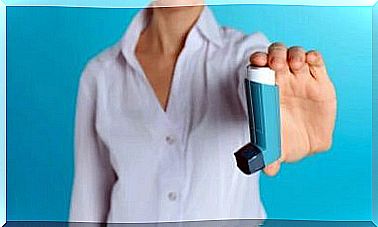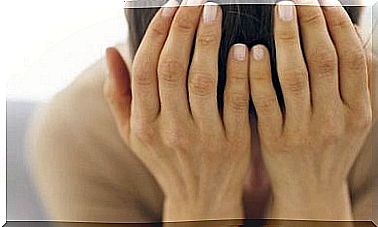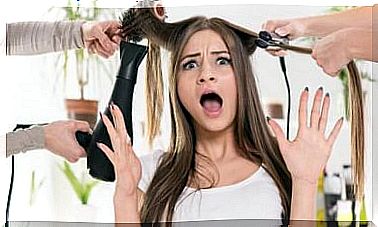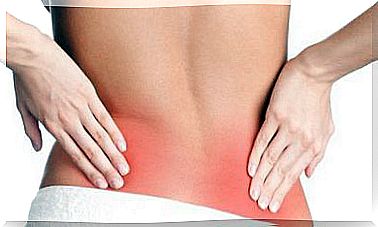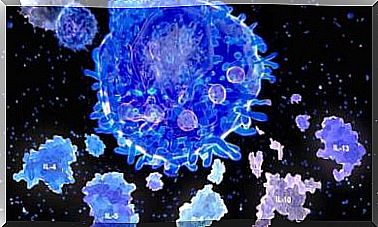What Is Brachydactyly?
Brachydactyly is a malformation of the fingers of the hands and feet. From a medical point of view, it does not involve any risk. However, the appearance of the hands and feet is affected.
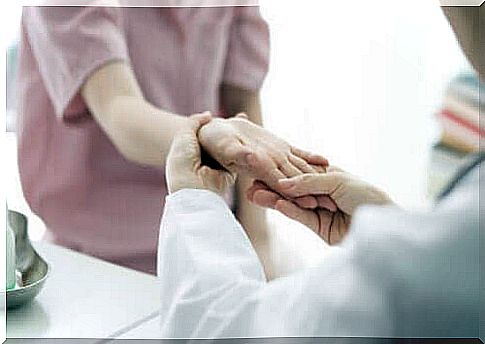
Brachydactyly is an abnormality of the hands and feet. It is an inherited condition in which one or more fingers are shorter than the others. It does not produce additional symptoms and does not require specific medical treatment.
Usually brachydactyly is discovered at birth. However, it is also possible to detect it during gestation. Anyway, this malformation is very rare : it only occurs in one in 2,500 births.
Most of the time, it is not accompanied by other anatomical abnormalities. But sometimes it also occurs with other deformities of the fingers. For example, syndactyly, polydactyly, reduction of limbs or symphalangia.
What are the causes ?
Brachydactyly has a genetic cause. It is common for this condition to be present in several members of the same family. It is considered to be an autosomal dominant disorder. In other words, it only takes one parent who has the gene for the defect for it to be passed on.
In addition, the ingestion of certain drugs by the mother during her pregnancy could also play a role in its appearance. Brachydactyly can also be linked to circulatory problems in the hands and feet of developing fetuses.
Additionally, it is sometimes a symptom of other more complex conditions such as Down syndrome, Rubinstein-Taybi syndrome, and achondroplasia.
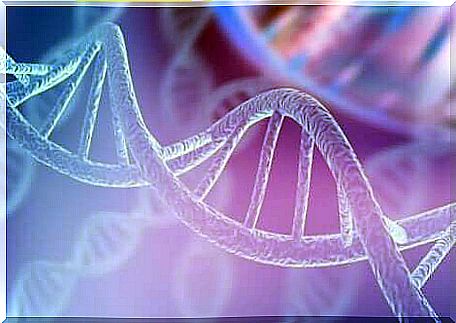
Symptoms of brachydactyly
The only visible symptom of brachydactyly is irregular length of the fingers of the hands and feet. It is present from birth, but is sometimes not detectable with the naked eye. However, as the child grows, it becomes more evident.
Types of brachydactyly
There are different types of brachydactyly, depending on the fingers and bones that are affected. From this point of view, we classify the malformation according to the following groups:
- Type A: when the middle phalanges, i.e. the middle part of the fingers is shortened. If all the fingers are affected, we speak of A1. If it is the index finger and the little finger, we speak of A2. We speak of A3 if it only affects the little finger.
- Type B: when the final part of the little finger is shorter or does not exist. This type manifests itself in the hands as well as in the feet. Usually, the thumbs are whole, but curved or flattened.
- Type C: This affects the little finger, middle finger and index finger. The middle phalanges are shorter. However, the ring finger remains intact.
- Type D: it refers only to the thumbs which have a shortening in the terminal part. It is one of the most common types.
- Type E: In this case, the pastern and pastern, third and fourth, are shorter. These bones are found in the palm of the hand as well as in the middle part of the foot, respectively.
Some more complex shapes …
In some cases, brachydactyly is accompanied by other more complex conditions. The syndactyly is one of them and is characterized by the presence of two or more toes connected by a partial or complete way membrane.
Polydactyly, or the presence of excess fingers in the hands and feet, is also possible. It affects 1 in 500 births. Another simultaneous malformation can be symphalangia, in which the joints of the fingers have reduced or no mobility.
Finally, brachydactyly can also be accompanied by a reduction in limbs. The hand or foot is smaller than normal. This is due to the fact that the limb does not fully form during gestation.
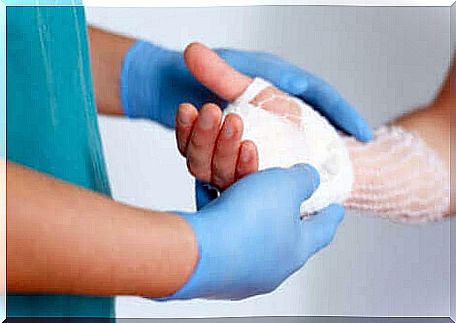
How to treat brachydactyly?
As we just mentioned, brachydactyly does not require medical treatment. In most cases, it is not a limitation and does not complicate the performance of daily tasks or mobility. It also does not cause pain or other symptoms.
However, there are exceptional cases that present functionality issues. For example, it can make it difficult to grasp objects or to walk normally. In this case, physiotherapy sessions are usually indicated to improve the functionality and strength of the affected areas.
Adapters to correct the problem can also be used. Plastic surgery is also possible, but it is only indicated in cases where there is a dysfunction that cannot be corrected otherwise. Or else for aesthetic reasons .
This type of intervention is very rare. Moreover, if this is the case, several operations are necessary. If the malformation is associated with another pathology, the course will depend on the overall treatment.
Brachydactyly is more of an aesthetic problem
Most people with brachydactyly can live quite normal lives. Although the appearance of the hands or feet can generate some inhibitions, from a physical health standpoint, there is no harm.
However, it is preferable that patients receive help and psychological support. It is indeed largely possible to learn to accept this physical condition and to live with it without complexes. This is probably the best alternative. Because it is not always possible to deal with surgery, and it is not good to have to have it every time.
